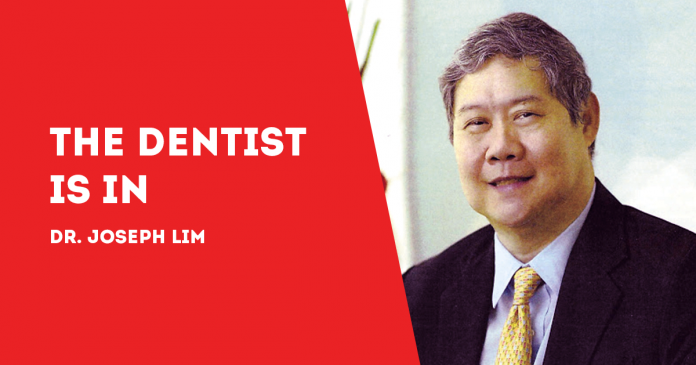
ORAL symptoms are common for people with HIV, the virus that causes AIDS or Acquired Immunodeficiency Syndrome.
In America, anywhere from a low of three in 10 Americans to a high of up to eight in 10 has a mouth sore or lesion.
Tongue or mouth issues may be the first signs of an HIV infection. At this point, it is best to seek early screening and treatment.
HIV attacks the immune system and leaves the body susceptible to infections that would otherwise be prevented by healthy immune systems.
Two opportunistic infections, for example, are oral thrush and oral herpes that affect the tongue.
Oral thrush is caused by a yeast infection from the fungus Candida. When the immune system is weak, candida – which is normally present in the mouth – overgrows in the tongue, inner cheeks, gums, the roof of the mouth and the back of the throat.
Oral thrush may cause white spots to appear in the tongue. It can be scraped off by the dentist or may be treated with antifungals or other medications. Although usually painless, oral thrush can cause a loss of taste.
HIV can cause Oral Hairy Leukoplakia (OHL) which appears as white patches from where hair-like growths may emerge. OHL typically occurs on the sides of the tongue or elsewhere in the mouth as well.
Usually painless it may cause discomfort or changes in taste like those experienced by people with oral thrush. Unlike oral thrush, however, the white patches cannot be scraped off.
Specific treatment may not be required for OHL. The HIV infection is treated instead.
Oral herpes is caused by the Herpes Simplex Virus type 1 (HSV-1). Symptoms include lesions on the gums, on the roof of the mouth, on the cheek surface inside the mouth, on the gums and even outside the mouth.
Oral herpes is highly transmissible and when it occurs in childhood may be a lifetime issue. In the United States, about half of people ages 14 to 49 are positive for the HSV-1.7 virus that causes oral herpes.
It can cause burning, tingling or itching sensations around the mouth followed by painful blisters. The blisters open and leak fluid. A crust appears over the blister which heals inside a week.
Oral antiviral agents are used to treat oral herpes.
Another opportunistic infection caused by HI is oral melanin hyperpigmentation. It appears as dark patches around the side the cheeks inside the mouth and may also be found on the tongue.
Hyperpigmentation may appear a couple of years after HIV infection or a few months after taking medication. It does not need any specific treatment.
HIV-positive individuals are at a higher risk for Human Papillomavirus (HPV) infection which, in turn, may cause oral warts. These are small growths inside the mouth that resemble cauliflowers and appear as light pink, white or gray in color.
Oral warts are benign and may be removed in various ways from preventive oral care to cryotherapy (or freezing the wart with liquid nitrogen); from surgery to laser therapy.
Persons with HIV should take care of their oral health, starting with brushing the teeth at least twice a day with fluoride toothpaste and flossing at least once per day.
Tobacco products should be avoided and alcohol intake should be limited if not avoided.
A visit to the dentists at least two times a year is highly recommended.
***
Dr. Joseph D. Lim is the former Associate Dean of the UE College of Dentistry, former Dean of the College of Dentistry, National University, past president and honorary fellow of the Asian Oral Implant Academy, and honorary fellow of the Japan College of Oral Implantologists. Honorary Life Member of Thai Association of Dental Implantology. For questions on dental health, e-mail jdlim2008@gmail.com or text 0917-8591515./PN





